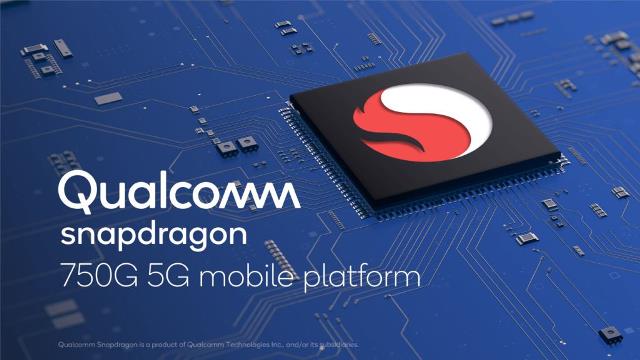Qualcomm said that semiconductor supply constraints that have roiled the industry contributed to fiscal first-quarter sales.

The results come as chip shortages force automakers such as General Motors to cut production. While Qualcomm does not make the chips that are holding up automotive plants, the company works with some of the same chip contract manufacturers that are backed up, and Qualcomm executives told Reuters that supplies will remain tight through the first half of 2021.
“If we could make more, we could sell it,” Chief Executive Steve Mollenkopf told Reuters in an interview.
The San Diego, California-based chip designer forecast fiscal second-quarter sales and profits above Wall Street expectations, driven by a wave of phone buyers around the world upgrading their devices for 5G network connectivity.
Wall Street had expected healthy gains for the company after the U.S. government blacklisted Huawei Technologies, a move that made it difficult for the Chinese brand to build handsets. Analysts had expected much of its market share in the premium smartphone market to flow to Android-based rival makers who use Qualcomm’s chips, but the gains disappointed investors.
Stacy Rasgon, an analyst at Bernstein, called Qualcomm’s results “respectable” but said expectations had been high. “It’s not a blowout,” he said.
Qualcomm’s strategy is changing as its chips become more profitable and a bigger part of its business, but a concurrent decline in its lucrative license revenues held its gross margins flat.
For the fiscal first quarter ended Dec. 27, Qualcomm said sales and adjusted profit were $8.24 billion and $2.17 per share. Chip and licensing revenue were $6.53 billion and $1.66 billion, respectively.
Qualcomm forecast sales with a midpoint of $7.6 billion and adjusted profit at a midpoint of $1.65 per share.
Qualcomm is the world’s biggest supplier of chips that help mobile phones connect to cellular data networks, providing chips to Apple and other handset makers. Qualcomm disclosed Wednesday that chip sales to Apple are slightly less profitable than chip sales to other phone makers because Apple does not also buy additional software from Qualcomm in the way that Android device makers do.
The company is also building out businesses supplying chips to automakers such as General Motors, which last week disclosed a deal to source chips from Qualcomm, and challenging Intel with new processors for laptop and desktop computers.
Two of the company’s newer business lines – radio frequency chips to help devices handle newer 5G signals and internet-of-things chips for devices such as wireless headphones – have now become billion-dollar-per-quarter businesses.
Cristiano Amon, the company’s president who will take over as chief executive in June, said the company was “well hedged” among chip suppliers because it sources parts from multiple contract manufacturers such as Taiwan Semiconductor Manufacturing Co Ltd and Samsung Electronics Co Ltd. But he added that demand was outstripping supply as rivals of Huawei, which largely did not use Qualcomm’s chips, moved in to take the Chinese brand’s market share.
Qualcomm forecast a midpoint of $6.25 billion in revenue for its chip business in the fiscal second quarter. Qualcomm forecast a midpoint of sales for its licensing business, which has higher margins than its chip business and generates much of its profit, of $1.35 billion.
The higher sales of chips – and chips with better margins – accounted for the company’s profit forecast despite falling short of estimates for its licensing business, Akash Palkhiwala, Qualcomm’s chief financial officer, told Reuters.
Qualcomm said first-quarter sales for handset chips were $4.22 billion, jumping 79 percent from a year before on the strength of 5G phone upgrades. Sales of radio frequency chips, a growth area for Qualcomm, increased 157 percent to $1.06 billion. Automotive chips sales were $212 million, up 44 percent from the previous year.





